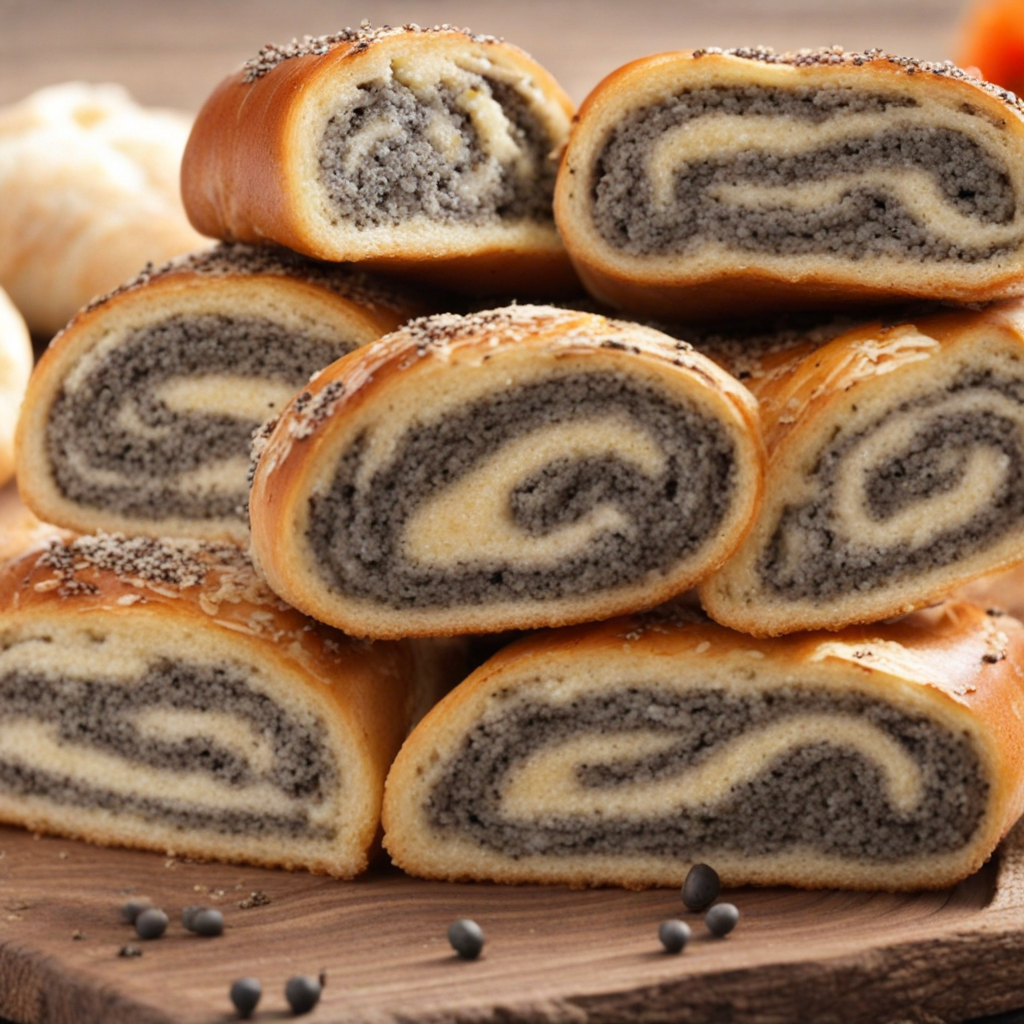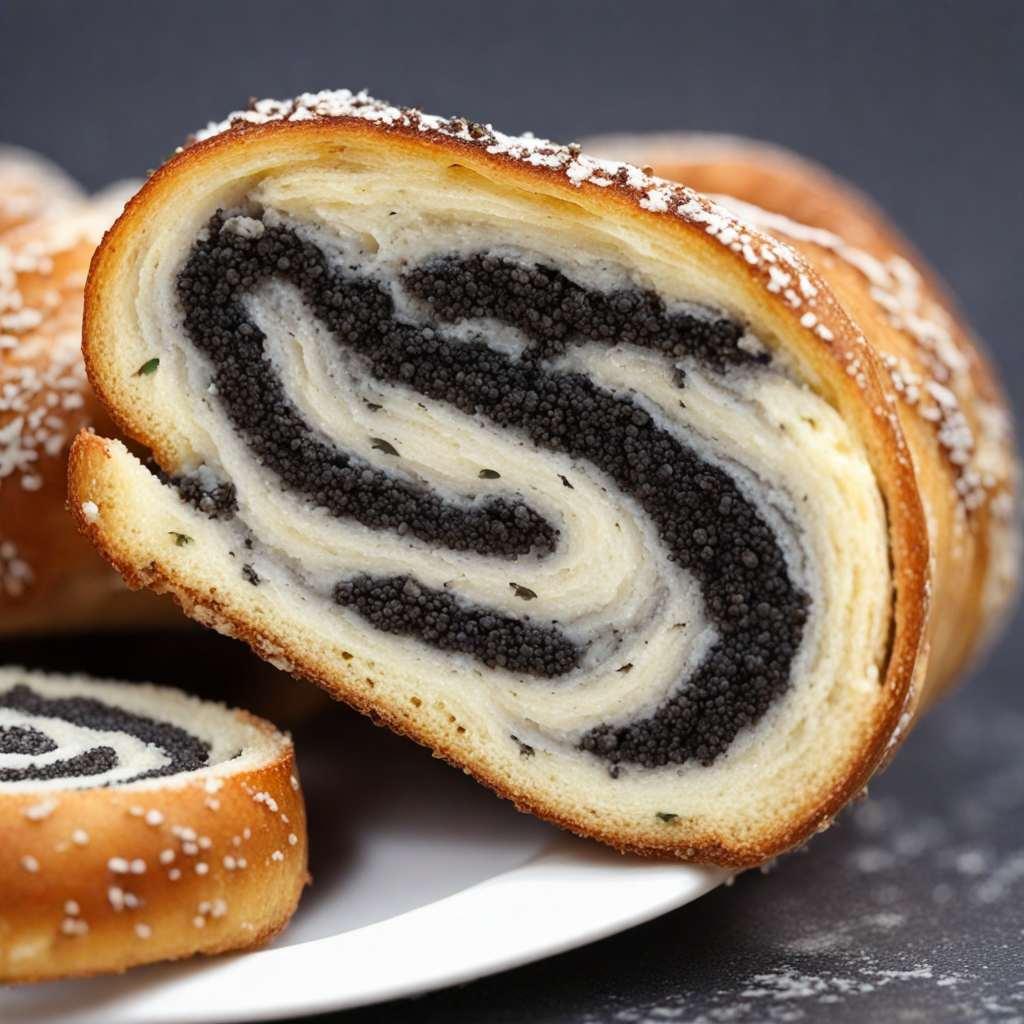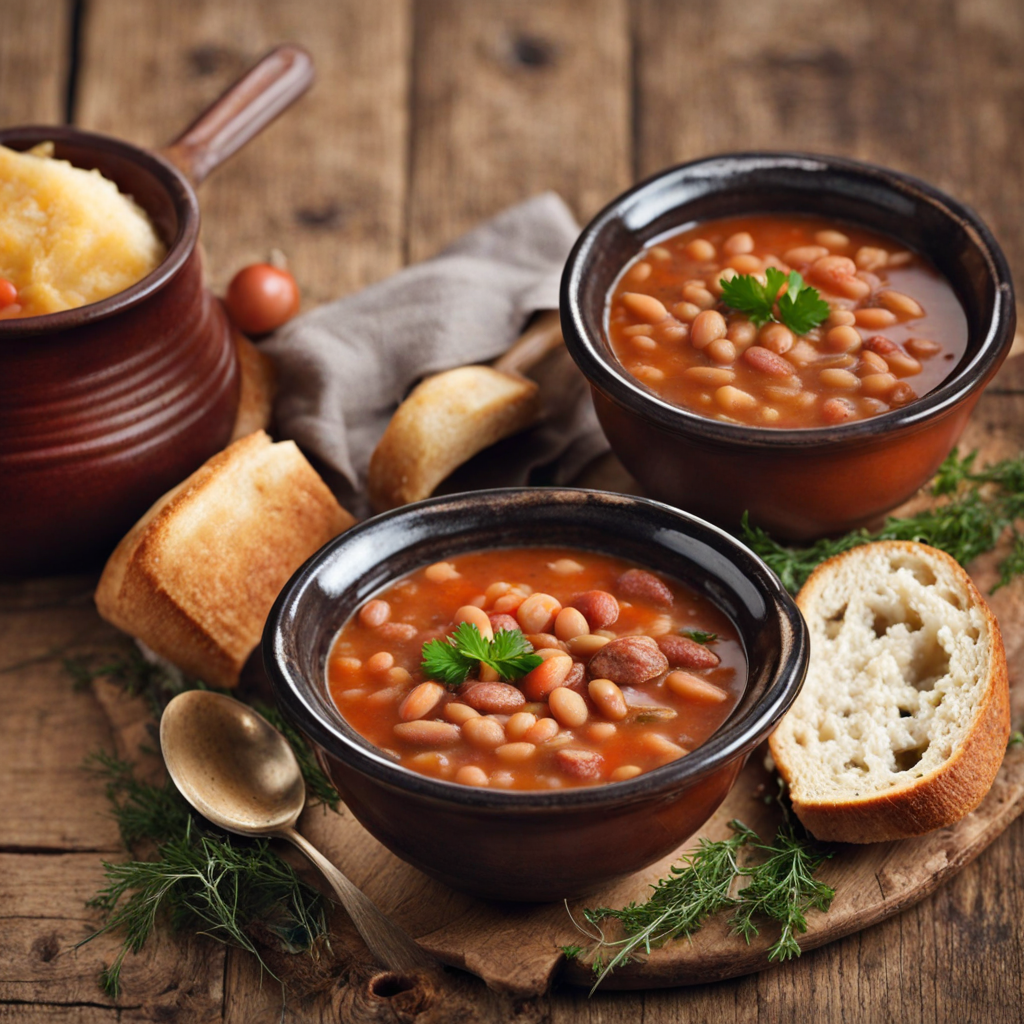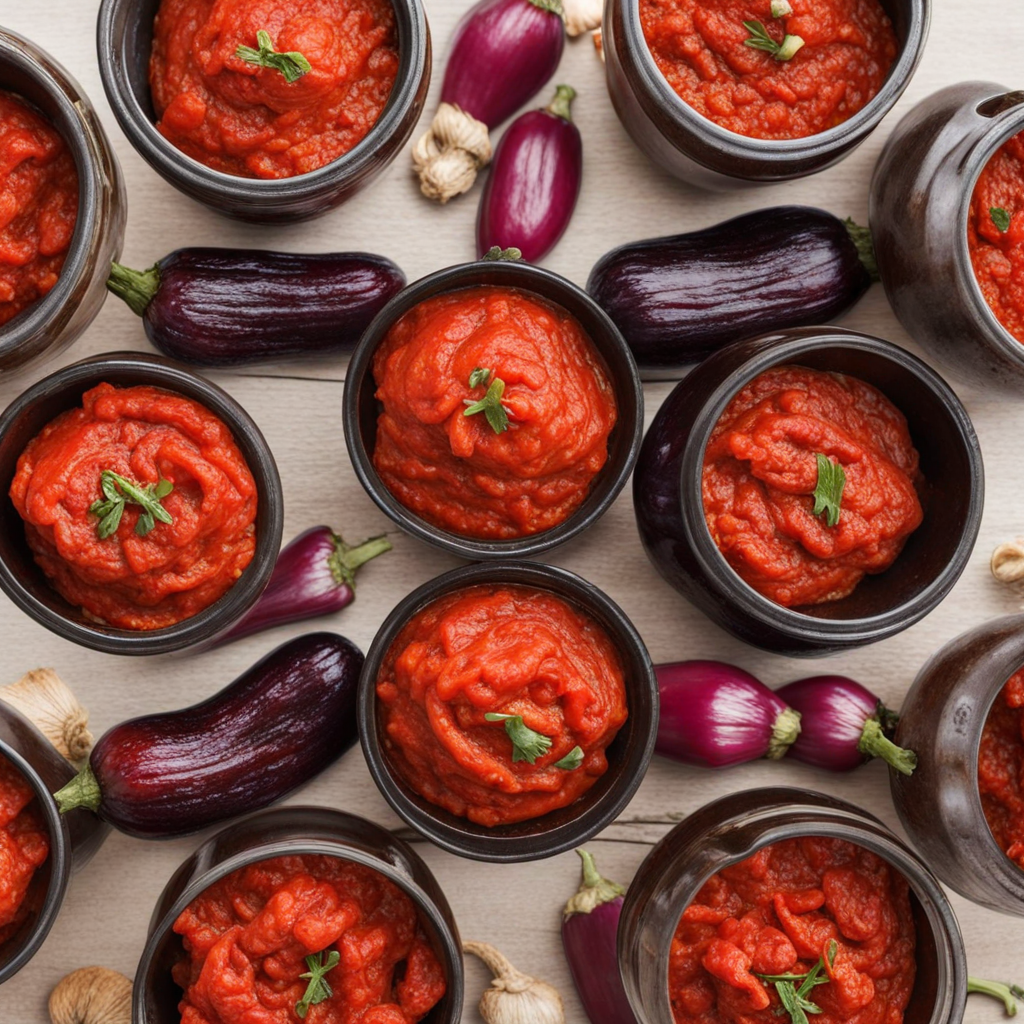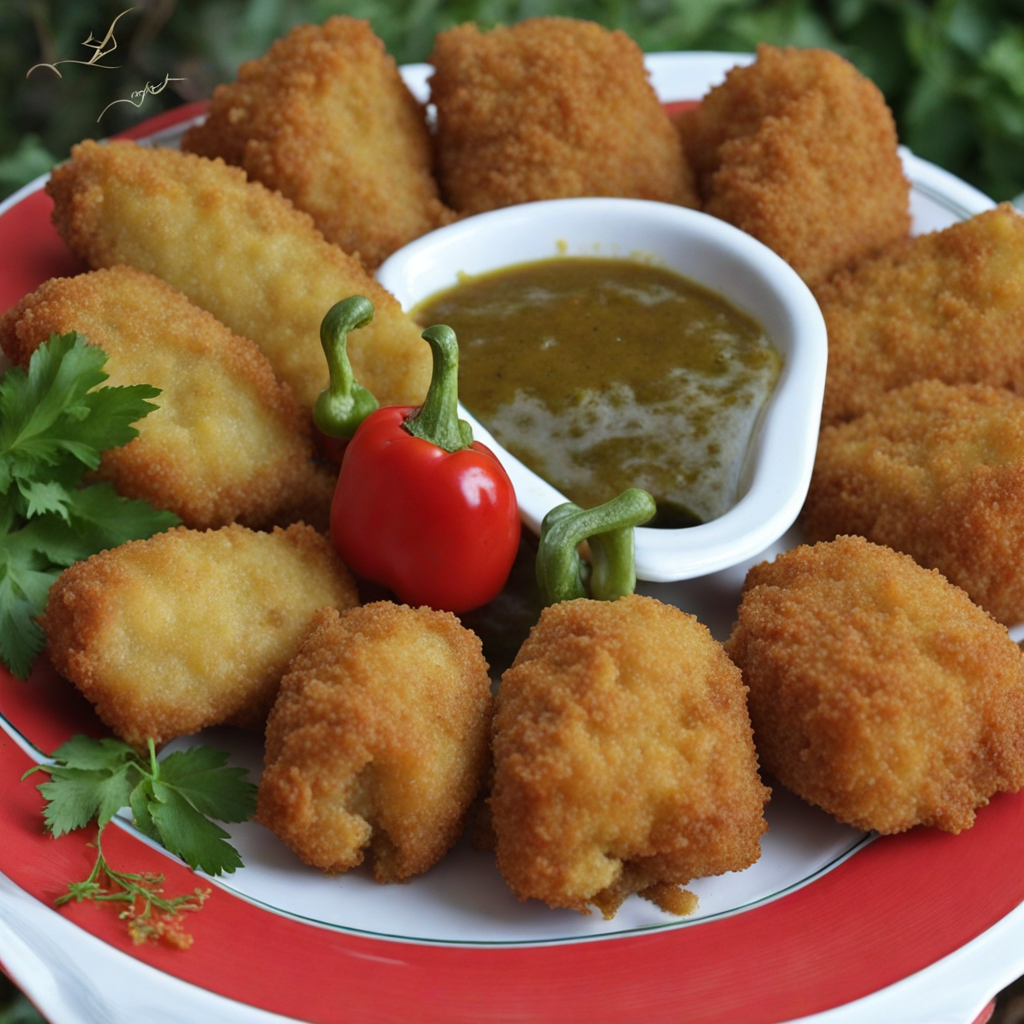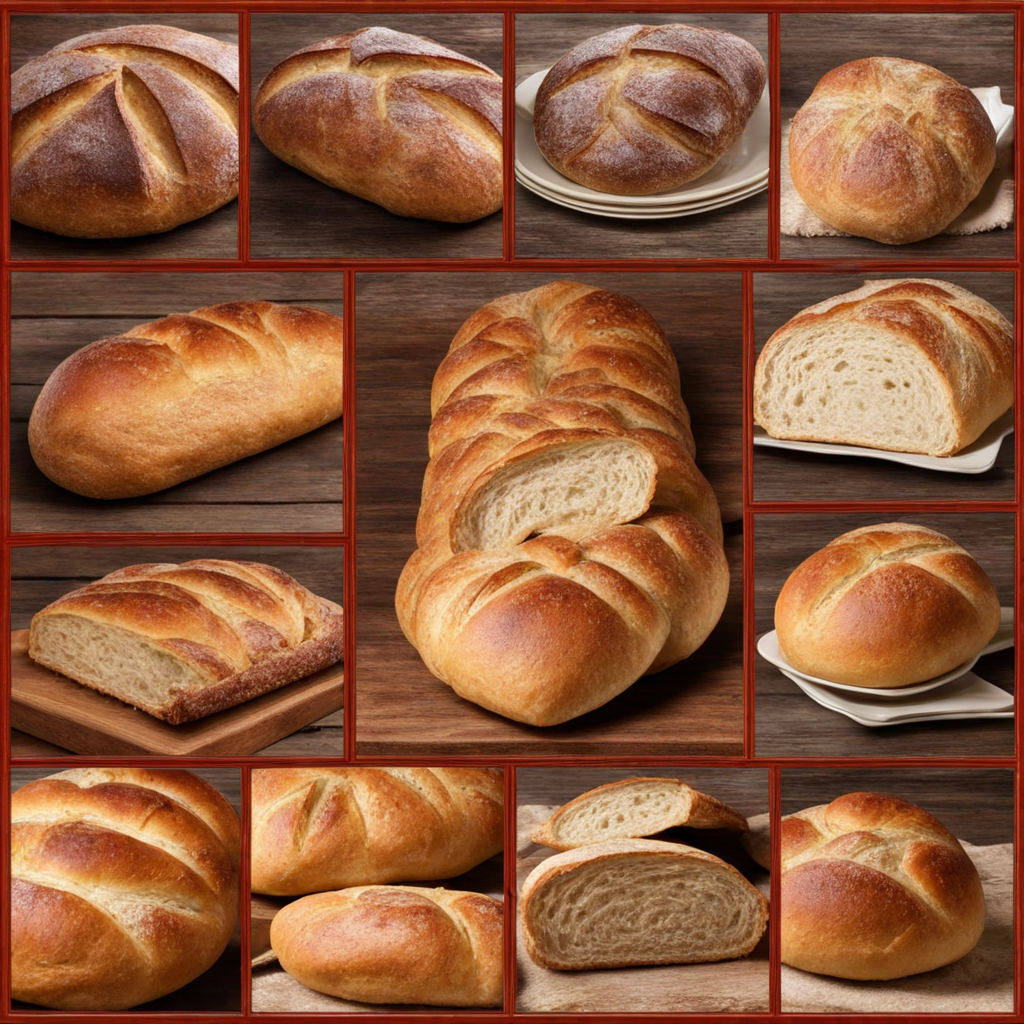Makivnik
Makivnik is a traditional Serbian pastry that beautifully showcases the rich flavors and textures of the region. This delightful dish features a soft, flaky dough that is rolled thin and generously filled with a sweet poppy seed mixture. The filling often includes finely ground poppy seeds combined with sugar, milk, and a hint of vanilla, creating a harmonious balance of sweetness and nutty undertones. Once assembled, the pastry is rolled into a tight log, which is then sliced into rounds before baking, resulting in a visually appealing spiral pattern that reveals the luscious filling within. As it bakes, the Makivnik transforms into a golden-brown treat with a slightly crisp exterior and a tender, moist interior. The aroma that wafts through the kitchen is irresistible, inviting anyone nearby to take a bite. Each slice offers a delightful crunch followed by the rich, creamy taste of the poppy seeds, making it a satisfying experience for the palate. It's often enjoyed as a dessert or a sweet snack with coffee or tea, and its comforting flavors evoke a sense of home and tradition. Makivnik is not just a treat for the taste buds; it also carries cultural significance in Serbia. Traditionally served during holidays and family gatherings, this pastry symbolizes togetherness and the joy of sharing food with loved ones. Its preparation can vary from family to family, with each adding their unique touch, whether it be a dash of lemon zest for brightness or a sprinkle of cinnamon for warmth. Discovering Makivnik is like uncovering a piece of Serbian heritage, where every bite tells a story of the land and its people.
How It Became This Dish
The Story of Maquivnik: A Culinary Treasure of Serbian Heritage Introduction Nestled within the rich tapestry of Serbian cuisine lies a lesser-known yet fascinating dish known as Maquivnik. This traditional pastry, often described as a sweet and savory delight, holds a special place in the hearts and homes of many Serbians. To appreciate Maquivnik fully, one must delve into its origins, cultural significance, and its evolution over time. Origins of Maquivnik The precise origins of Maquivnik remain somewhat enigmatic, yet it is believed to have roots in the Ottoman Empire's influence on the Balkans during the 15th to 19th centuries. The Ottoman culinary tradition, with its intricate layering of flavors and textures, left a profound impact on Serbian cooking. Maquivnik is thought to have emerged as a sweet pastry, combining local ingredients with techniques brought by the Ottomans. The name "Maquivnik" is derived from the Serbian word "mak" which means poppy seeds, a key ingredient in this dish. Poppy seeds have been cultivated in the Balkans for centuries and were often associated with fertility and prosperity in local folklore. The use of poppy seeds in Maquivnik symbolizes the blending of cultural influences and the rich agricultural heritage of the region. Cultural Significance Maquivnik is more than just a dish; it is a symbol of Serbian hospitality and tradition. Often prepared for special occasions, family gatherings, and religious celebrations, Maquivnik embodies the spirit of togetherness. In Serbian households, the preparation of Maquivnik is often a communal activity that brings families together, fostering bonds as they roll dough, fill pastries, and share stories. Maquivnik is particularly popular during the festive season, especially around Christmas and Easter. It reflects a deep-rooted connection to the agricultural calendar, marking the transition of seasons and the abundance of harvests. The act of making and sharing Maquivnik during these times is not only a culinary experience but also a way to honor traditions and ancestors, ensuring that the stories of the past are passed down through generations. Ingredients and Preparation Traditionally, Maquivnik is made using a simple dough that is rolled out thinly and filled generously with a mixture of ground poppy seeds, sugar, and sometimes ground nuts. Some variations incorporate honey and milk, enhancing the dish's sweetness and richness. The dough can be flavored with vanilla or citrus zest, adding a fragrant note that complements the nutty filling. The preparation of Maquivnik involves several steps. First, the dough is kneaded until it achieves a smooth consistency, then allowed to rest. Meanwhile, the filling is prepared by grinding the poppy seeds and combining them with sugar and any additional ingredients. The rested dough is rolled out, cut into squares or circles, and filled before being folded and sealed. Once shaped, the pastries are typically brushed with an egg wash to achieve a golden-brown crust during baking. The final touch often includes a dusting of powdered sugar, making Maquivnik not only a treat for the palate but also a visual delight. Evolution Over Time As Serbia underwent significant political and social changes throughout the 20th century, so too did its culinary landscape, including the development of Maquivnik. The post-World War II period saw a rise in urbanization, leading to a shift in eating habits and the availability of ingredients. Traditional recipes began to adapt to modern conveniences, with some families opting for pre-made dough or simplified fillings. Despite these changes, many families have worked diligently to preserve the authentic preparation of Maquivnik. Community cookbooks and online forums have emerged, allowing home cooks to share their cherished recipes and techniques. Today, a resurgence of interest in traditional foods has sparked new appreciation for Maquivnik, with younger generations eager to reconnect with their culinary heritage. The dish has also gained prominence beyond family kitchens, finding its way onto the menus of Serbian restaurants and cafes. Chefs are experimenting with Maquivnik, infusing contemporary twists while maintaining its traditional essence. These innovations may include using alternative sweeteners or incorporating seasonal fruits, appealing to a broader audience while showcasing the versatility of this beloved pastry. Maquivnik in Modern Serbia In contemporary Serbia, Maquivnik is celebrated not only for its taste but also for its cultural symbolism. Food festivals and cultural events often feature this pastry, allowing visitors to experience the richness of Serbian culinary traditions firsthand. Culinary tours emphasizing traditional Serbian foods frequently include Maquivnik, educating both locals and tourists about its historical significance. Moreover, the global diaspora of Serbians has ensured that Maquivnik transcends geographical boundaries. Serbian communities around the world continue to prepare and share Maquivnik, creating connections to their homeland and fostering cultural pride. This international presence has contributed to the broader appreciation of Serbian cuisine and has sparked interest in exploring its diverse offerings. Conclusion In summary, Maquivnik is more than just a pastry; it is a reflection of Serbia's rich culinary heritage, embodying the flavors, traditions, and communal spirit of the nation. Its origins rooted in the Ottoman influence, cultural significance in family gatherings, and ongoing evolution in modern kitchens all contribute to its status as a cherished dish. As Serbia continues to navigate the complexities of a modern world, Maquivnik remains a delicious reminder of the importance of food in shaping identity, preserving history, and fostering community. Whether enjoyed at a festive gathering or a quiet family dinner, Maquivnik is a testament to the enduring power of tradition in the heart of Serbian culture.
You may like
Discover local flavors from Serbia


